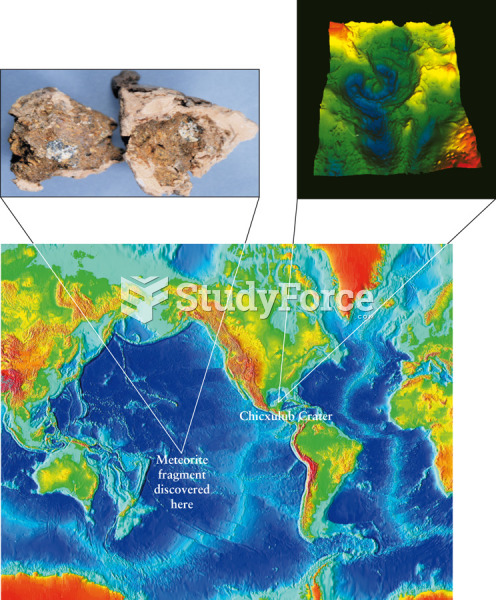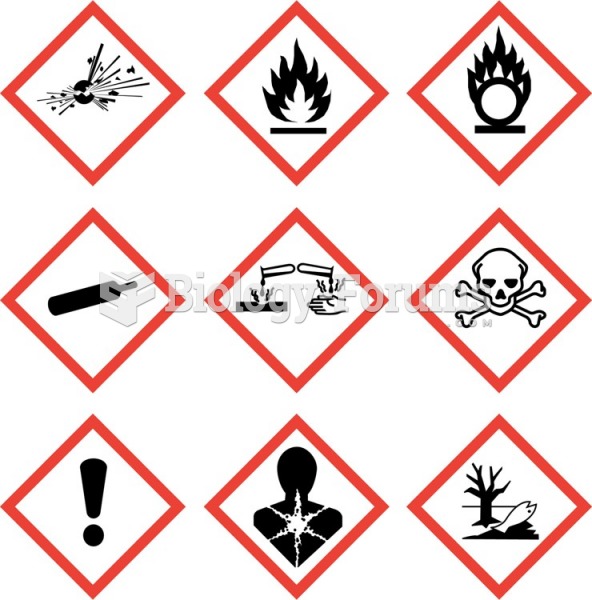Answer to Question 1ANS:Answer
should include:
There is coral bleaching happening right now. This occurs when the water temperature is
too high for an extended period of time. The corals appear to be bleached because they
eject their symbiotic dinoflagellates. If the temperature stress remains and the
dinoflagellates do not return, corals are not able to survive for very long. As we see
temperature increases, this may become more widespread.
Corals are having a hard time due to the acidification of the ocean as well. The increase
in carbon dioxide in the atmosphere and then into the ocean is causing the ocean to
become more acidic. Corals can only tolerate so much acidity. This is especially true of
corals that use calcium carbonate to fortify their body structure.
Corals are facing a human perpetuated problem as well. There is a practice of using
sodium cyanide to collect species for aquariums and collectors. This poison is squirted
on the reef. The survivors are then collected. This does major damage to all of the
organisms on the reef.
Answer to Question 2ANS:Answer
should include:
Crude oil spills tend to be larger in volume and frequency than the refined oil spills. The
crude oil spills are not as harmful though.
Many crude oil components are unable to dissolve quickly in eater. The components that
are able to dissolve quickly are harmful to juvenile organisms. The insoluble
components create a sticky, thick layer on the surface. This prevents the free diffusion of
gasses, reduces the amount of sunlight available, and can clog feeding structures in
organisms. Overall, crude oil is not considered to be highly toxic, and it is
biodegradable.
Refined oil spills are much more dangerous. The heavier components are removed from
the oil or broken down during the refining process. Also, deadly components are added
to the oil through this process. The heavy tar remains volatile after the components
evaporate. This tar gets dropped to the seafloor, incorporated into sediments, or even
ingested by organisms in the benthic communities.







